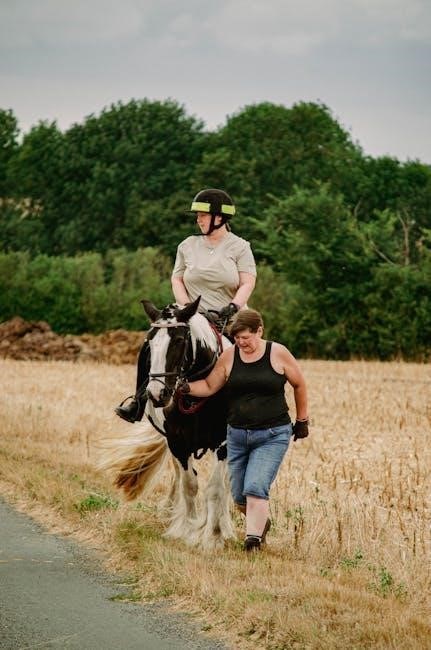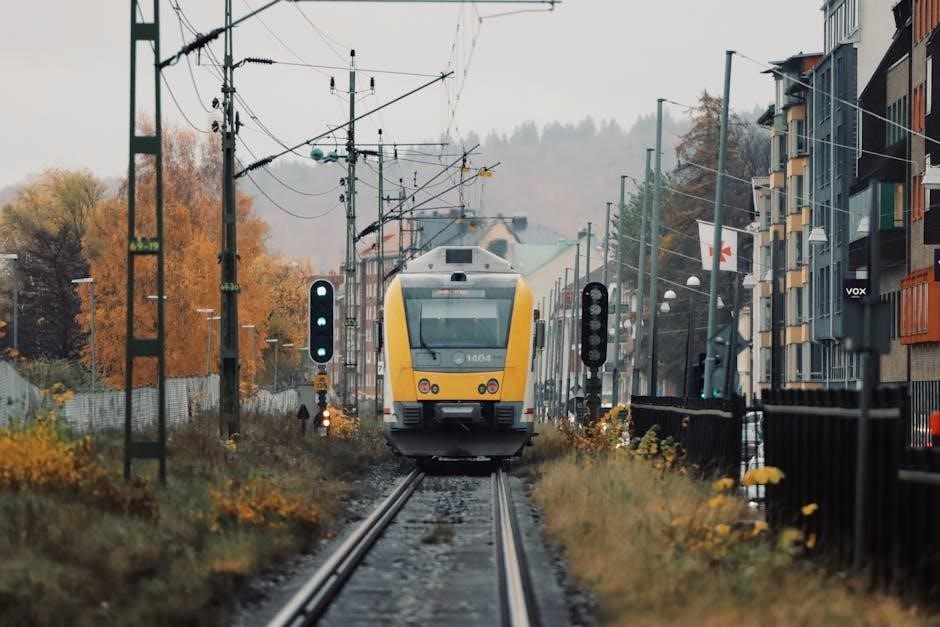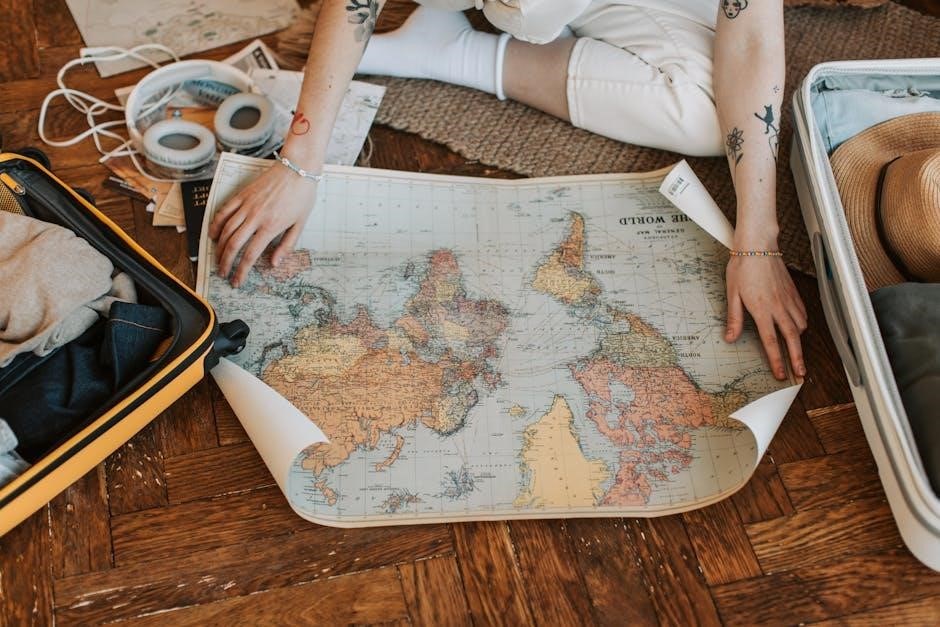Train hopping is a dangerous activity with serious risks‚ riders must be aware of the potential consequences and take necessary precautions to minimize harm‚ using
- lists to outline safety measures.
Understanding the Risks and Consequences
Train hopping poses significant risks to individuals‚ including physical harm and legal consequences‚ as stated by Operation Lifesaver‚ emphasizing the importance of staying off the tracks.
According to various sources‚ riders must acknowledge the potential dangers‚ such as accidents and injuries‚ and consider the repercussions of their actions.
Furthermore‚ train hopping is a crime with severe legal consequences‚ as noted by NPR‚ warning listeners of the perils of this activity.
It is essential for individuals to comprehend the risks and consequences associated with train hopping‚ taking into account the warnings and guidelines provided by experts and organizations.
By understanding the potential hazards and outcomes‚ individuals can make informed decisions and prioritize their safety‚ as advised by safety guidelines and expert coaches.
Ultimately‚ recognizing the risks and consequences of train hopping is crucial for minimizing harm and ensuring a safe experience‚ as outlined in safety warnings and guidelines.

Important Safety Precautions
Wear sturdy gloves and boots‚ and maintain three points of contact‚ such as two feet and one hand‚ to ensure safety while train hopping‚ using proper gear and techniques always.
Maintaining Three Points of Contact and Wearing Protective Gear
To minimize the risk of injury‚ it is essential to maintain three points of contact with the train at all times‚ such as two hands and one foot‚ or two feet and one hand. This can be achieved by using handles‚ ladders‚ or other stable structures on the train. Additionally‚ wearing protective gear such as sturdy gloves‚ boots‚ and overalls can help prevent injuries from cuts‚ abrasions‚ and other hazards. A pair of gloves can provide a secure grip and protect the hands from rough surfaces‚ while boots can prevent ankle sprains and other foot injuries. Overalls can protect the skin from scratches and cuts‚ and can also provide some protection from the elements. By maintaining three points of contact and wearing protective gear‚ train hoppers can reduce their risk of injury and stay safe while riding the rails. Proper gear and techniques are essential for a safe train hopping experience.

Planning and Preparation
Researching train routes and schedules is crucial for a successful trip‚ using online resources to plan ahead.
Researching Train Routes and Schedules
Researching train routes and schedules is a critical step in planning a train hopping trip‚ as it allows riders to anticipate and prepare for potential challenges and obstacles. Using online resources such as train route maps and schedules‚ riders can plan their trip and identify the best routes to take. Additionally‚ riders can use online forums and social media groups to connect with other train hoppers and gather information about train routes and schedules. By researching train routes and schedules‚ riders can minimize their risk of encountering problems and maximize their chances of a successful trip. Riders can also use
- lists
to organize their research and keep track of important information‚ such as train departure times and route changes. Furthermore‚ researching train routes and schedules can help riders to identify potential hazards and take necessary precautions to stay safe. Riders can also use
- ordered lists
to prioritize their research and focus on the most critical information. Overall‚ researching train routes and schedules is an essential part of planning a train hopping trip.

Legal Consequences of Train Hopping
Train hopping is illegal‚ riders face arrest and fines‚ with serious consequences for their actions‚ including potential
- criminal charges
and penalties.
Avoiding Detection by Yard-Bulls and Rail Police
To avoid detection‚ riders should be aware of their surroundings and keep a low profile‚ using stealth and discretion when approaching trains. They should also be knowledgeable about
- train schedules
and
- yard layouts
to minimize the risk of being caught. Additionally‚ riders should avoid confrontations with yard-bulls and rail police‚ and instead focus on evading them. This can be achieved by staying alert and aware of their surroundings‚ and being prepared to react quickly if necessary. By taking these precautions‚ riders can reduce their risk of being detected and apprehended by authorities. Furthermore‚ riders should also be mindful of surveillance cameras and security measures in place at train yards‚ and plan their actions accordingly. This requires a great deal of planning and strategy to avoid detection. Riders should always prioritize their safety and well-being.

Alternative Modes of Transportation
Consider bus or plane travel for safer options‚ using
- comparison
tools to find best routes‚ ensuring a more secure journey experience always.
Exploring Safer Options for Travel
Travelers can explore various modes of transportation‚ including buses‚ planes‚ and ferries‚ which offer a safer alternative to train hopping. Using online resources‚ such as travel websites and forums‚ can help individuals find the best options for their needs. Many transportation companies provide detailed information on their routes‚ schedules‚ and safety measures‚ allowing passengers to make informed decisions. Additionally‚ travel guides and blogs often feature reviews and recommendations from experienced travelers‚ which can be helpful in planning a safe and enjoyable trip. By considering these alternatives‚ travelers can minimize their risk of injury or harm‚ while still experiencing the thrill of exploring new destinations. Furthermore‚ many transportation companies offer affordable and convenient options‚ making it easier for people to choose a safer mode of travel. Overall‚ exploring safer options for travel is a crucial step in ensuring a positive and secure experience.






